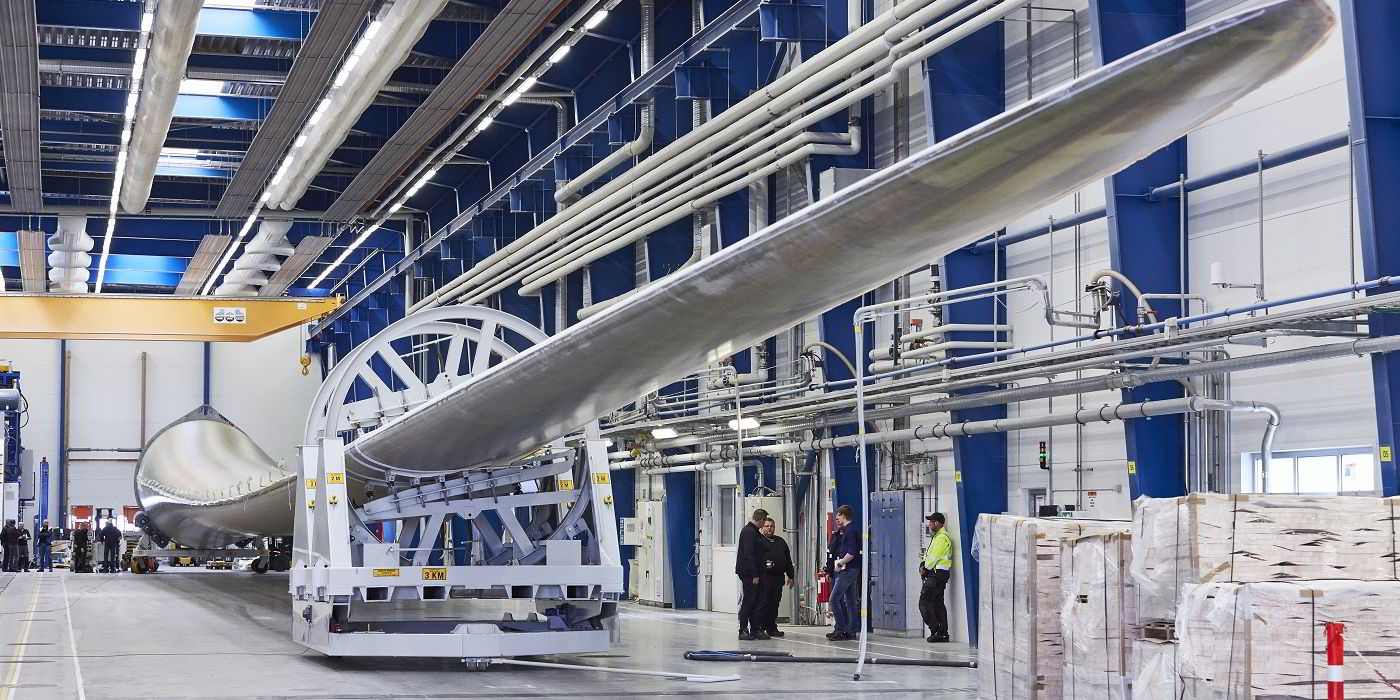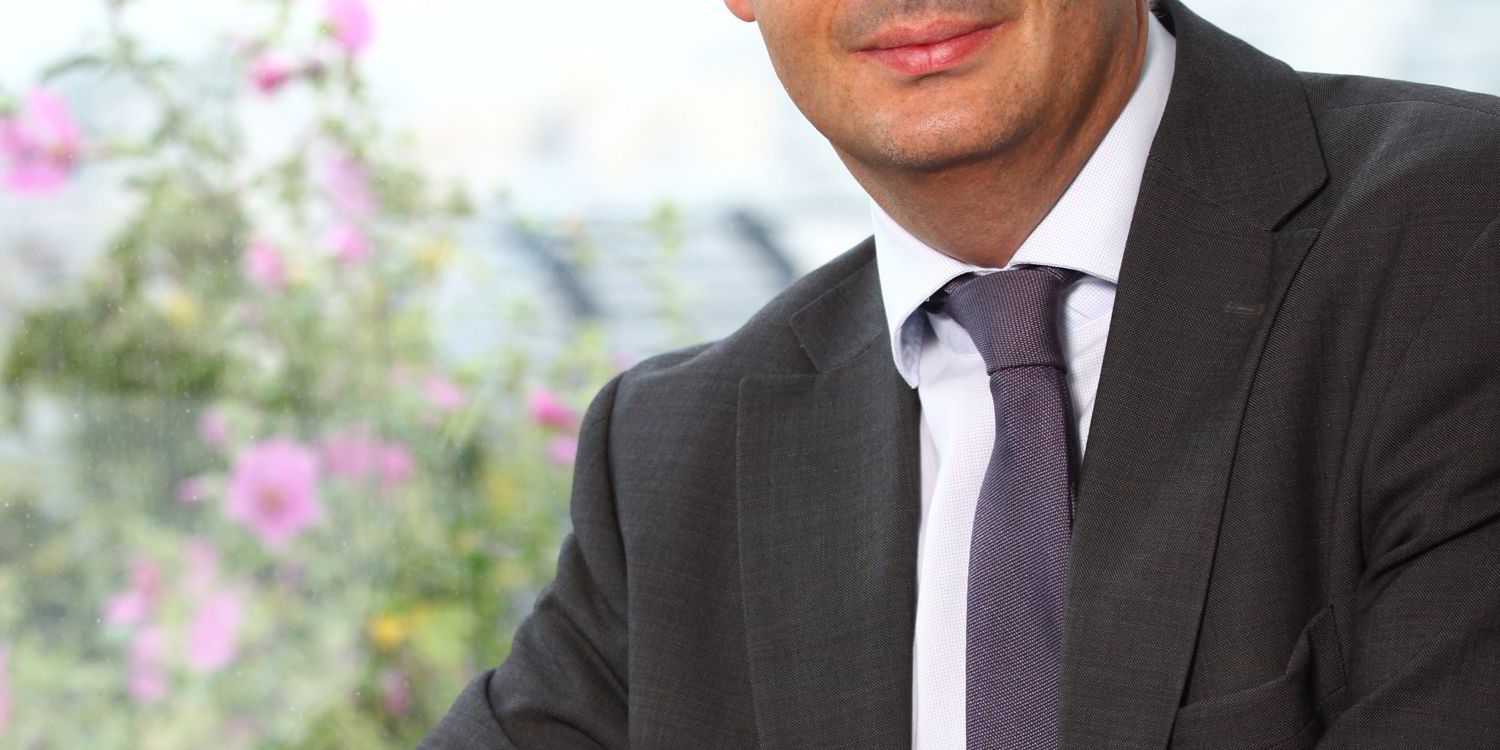The deal between GE and private equity firm Doughty Hanson, which is selling its stake in the blade-maker, is expected to close in early 2017.
Denmark-based LM Wind Power recently unveiled the world’s longest turbine blade at 88.4-metres for the Adwen 8MW offshore turbine.
It has also supplied blades for the GE 6MW Haliade turbines in use at the pioneering Block Island offshore project in the US.
GE Renewable Energy CEO Jérôme Pécresse toldRecharge in an exclusive interview: "To sustain the growth of this market, costs need to continue to come down. As an industry we have done well to bring cost of wind energy down as far as we have through bigger, better performing, lower-cost turbines.
"To get to the next stage we feel we have to integrate design and manufacturing capabilities into our strategy."
Pécresse added: "The blade is the single biggest cost in a wind turbine and the one that drives performance. LM has done great things in design over the years but they don't have the whole-turbine view that [GE] does – everything from installation methods to digital energy. We feel it is time to break down the silos and get together on this."
LM Wind Power CEO Marc de Jong, said: "The offer from GE makes clear commercial sense for the growth of LM Wind Power and we are absolutely delighted with the prospects of having a world leader as our owner.
"It provides us with the necessary stability, visibility and strength to continue to realise the ambitious growth plans of the business and fully utilise our advanced design and technology, improve our manufacturing capabilities and reliability."
GE bought UK-based offshore blade design specialist Blade Dynamics in 2015, a deal first revealed by Recharge, as its renewed interest in the offshore wind sector gathered pace following its deal to acquire Alstom of France.
GE said of the LM acquisition: "The deal in-sources wind turbine blade design and manufacturing for GE’s Renewable Energy business, improving its ability to increase energy output and create value for onshore and offshore customers."
The latest deal comes just a few days after GE's arch-rival Siemens said it could consider building plants in conjunction with LM Wind Power.
The statement announcing the GE acquisition said the US group plans to operate LM Wind Power "as a standalone unit within GE Renewable Energy and will continue to fully support all industry customers with the aim of expanding these relationships".
Asked about the relationship with Siemens, an LM spokesperson told Recharge: "It is early to say, but GE is determined that LM remains an independent unit of GE and will be able to serve all customers."
Dan Shreve, a partner at specialist wind consultancy MAKE, told Recharge the "aggressive" move by GE raises a number of questions about the future of LM's relationship with other players in the market, and bucks the recent trend of wind OEMs outsourcing their blade production.
Shreve said: "The blade market has matured, with all of the major turbine OEMs increasing outsourcing volumes to independent blade OEMs. The advantages are clear, and include increased flexibility to cope with regional demand shifts, added ability to meet local content regulations in emerging markets, leveraging economies of scale with respect to raw material supply and finally leveraging best in class manufacturing processes.
"GE/LM can provide these advantages to be sure, but competing turbine OEMs will always be second to GE in the pecking order and may not realise the FULL benefit of an independent supplier relationship."
LM Wind Power operates 13 manufacturing sites in eight countries and notched up sales of €491m in the first half of 2016.
"Its a fascinating deal for the industry – clearly a major statement from GE of their intent to expand and dominate both the global manufacturing and technical development of blades, especially after their acquisition of Blade Dynamics and a few other focused blades businesses," Andrew Bellamy, director at consultancy 8.2 Aarufield, told Recharge.
"GE have historically worked with 'build to print' suppliers such as TPI and Tecsis, so this does raise some questions on how they will develop those relationships now that they have the world's largest independent blade manufacturer under their wing."
Note: Update adds further detail, quotes




